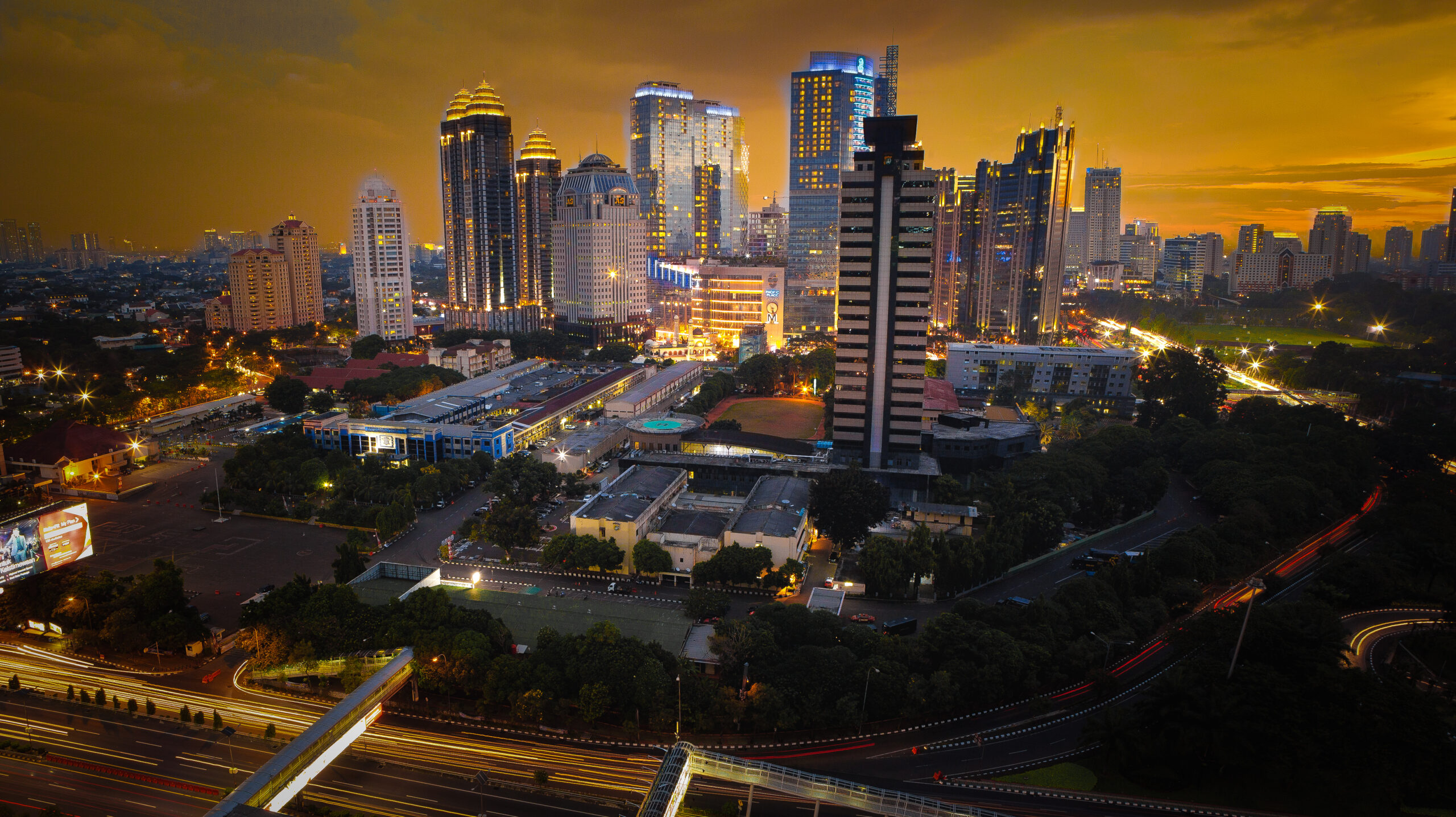Why Myanmar?
Myanmar has been going through some tremendous changes in the past few years. The country lifted itself from the yoke of its dictatorial regime in 2011 when the first democratically elected president was put into power. Since then the country has opened up for economic relationships with foreign entities. Thanks to its strategic position in between economic giants such as India, China, and Thailand the country has good opportunities to use and distribute its natural resources and grow into a strong and stable economy.
Through various reform programs the government aims to increase stability in the country and improve the business climate for foreign investors and corporations. Simultaneously, the Dutch government is also working on various programs to increase opportunities for businesses in Myanmar.
With a steady economic growth of approximately 6-7% per year and a growing middle-class the tide seemes to have turned for Myanmar. The nation has abundant natural resources and is close to a market of half a billion people. Economists expect that, if managed correctly, Myanmar’s economy has the potential to quadruple from 50 billion Euros in 2010 to more than 200 billion Euros in 2030.
With a population of 60 million people – 45 million of which are in the working age – and being positioned in one of the fastest growing regions in the world there are many prospects for developing business here. The large workforce makes for an excellent environment to outsource labor-intensive manufacturing such as garment and electronics. Myanmar offers a unique combination of natural resources, geographical location and demography which creates remarkable opportunities for Dutch organizations.
Why Indonesia?
With a population of 260 million, Indonesia is the largest country in South-East Asia and has one of the fastest growing economies in the region. While many countries face a decreasing percentage of working people compared to the total population, Indonesia can rely on a steady growth of the workforce for many years to come. By estimations of the IMF, more than 70 percent of the population in 2030 will be of working age: a total of 170 million working people.
Over the past few decades, poverty rates have halved. Though there still is much progress to be made, the government is attempting to reduce bureaucracy, modernize its economy and create jobs for its youth. However,there are many obstacles on the way. The country copes with an infrastructure that is unreliable, over-used and ill-maintained, and has a power grid that needs radical improvements. To face these challenges, the government is determined to invest in these sectors and make opportunities available for foreign businesses and investors.
According to the Dutch embassy in Indonesia, there are many opportunities for Dutch businesses. For example in transport & logistics, energy, agriculture, the water sector, and the opportunities that arise from a growing middle class.
Previous destinations include China, South-Africa, Brazil, India, Malaysia and many more.
